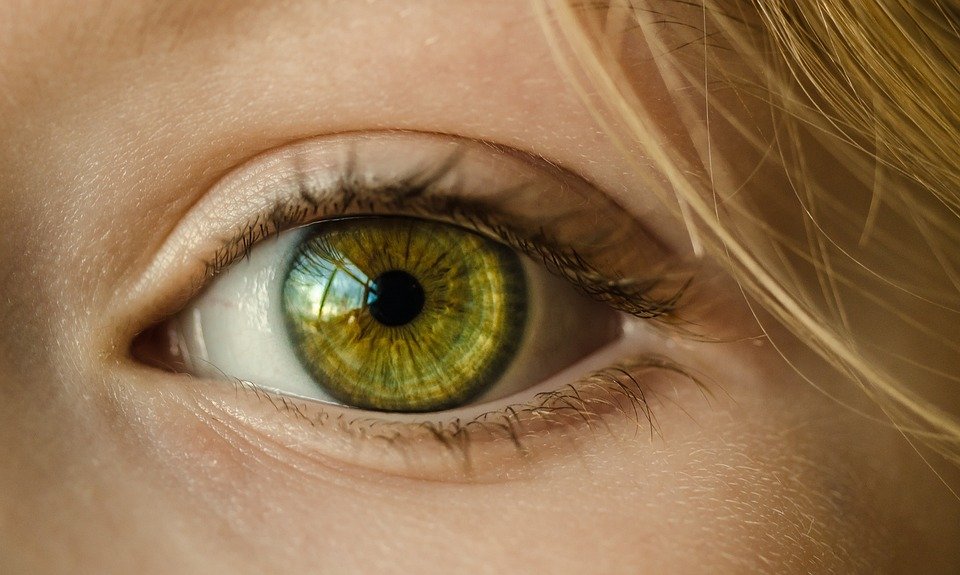
Exploring the World of Lenses: A Comprehensive Guide
Lenses are a vital component of many medical devices used in healthcare settings. From microscopes to endoscopes to cameras, lenses play a crucial role in enabling healthcare professionals to diagnose and treat a wide range of medical conditions. In this comprehensive guide, we will explore the world of lenses and their importance in the field of medicine.

Types of Lenses
There are two main types of lenses used in medical devices: convex and concave lenses. Convex lenses are thicker in the middle and thinner at the edges, causing light rays to converge and form a real image. These lenses are commonly used in devices such as microscopes and cameras. Concave lenses, on the other hand, are thinner in the middle and thicker at the edges, causing light rays to diverge. These lenses are often used in devices such as eyeglasses and magnifying glasses.

Applications of Lenses in Medicine
Lenses are used in a wide range of medical devices to aid in diagnosis, treatment, and surgery. One of the most common uses of lenses in medicine is in microscopes. Microscopes use a combination of lenses to magnify small objects, allowing healthcare professionals to examine tissues, cells, and other biological samples in detail. This is essential for diagnosing diseases such as cancer, infections, and genetic disorders.

Another important application of lenses in medicine is in endoscopes. Endoscopes are flexible tubes with a camera and lens at one end that are used to examine the inside of the body. These devices are commonly used in procedures such as colonoscopies, laparoscopies, and bronchoscopies to diagnose and treat conditions such as gastrointestinal disorders, cancer, and respiratory infections.
Lenses are also used in medical imaging devices such as X-ray machines, CT scanners, and MRI machines. These devices use lenses to focus and capture images of the inside of the body, allowing healthcare professionals to detect abnormalities such as tumors, fractures, and internal bleeding. Medical imaging is essential for diagnosing and monitoring a wide range of medical conditions.
In addition to diagnostic and imaging devices, lenses are also used in surgical instruments such as lasers and ophthalmoscopes. Lasers use lenses to focus and direct a beam of light to precisely target tissues during surgery. Ophthalmoscopes use lenses to examine the inside of the eye and diagnose conditions such as glaucoma, cataracts, and retinal detachment.
Choosing the Right Lens
When selecting a lens for a medical device, healthcare professionals must consider factors such as magnification power, field of view, resolution, and depth of field. The right lens can make a significant difference in the accuracy and efficiency of diagnosis and treatment. Healthcare professionals must also ensure that the lens is clean and free of scratches or defects to prevent distortion of images.
In conclusion, lenses are an essential component of many medical devices used in healthcare settings. From microscopes to endoscopes to surgical instruments, lenses play a crucial role in enabling healthcare professionals to diagnose and treat a wide range of medical conditions. By understanding the different types of lenses and their applications in medicine, healthcare professionals can make informed decisions when selecting lenses for medical devices.

Discover more from Bibliobazar Digi Books
Subscribe to get the latest posts sent to your email.


